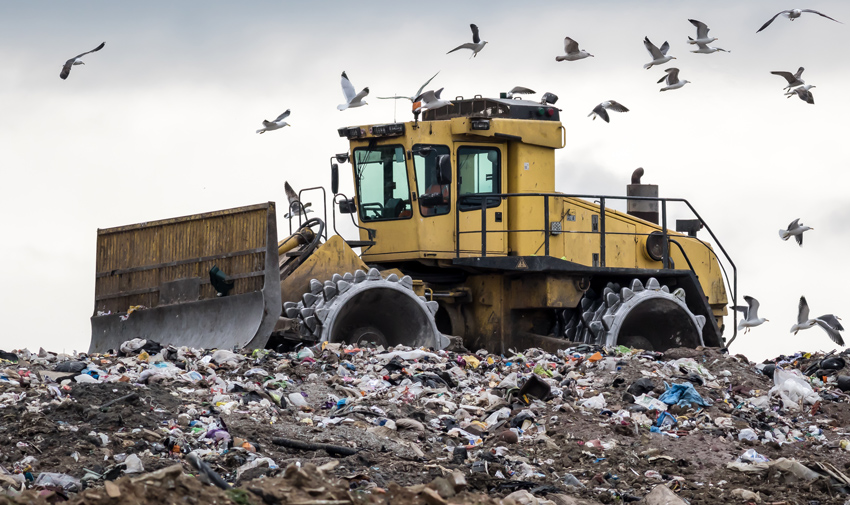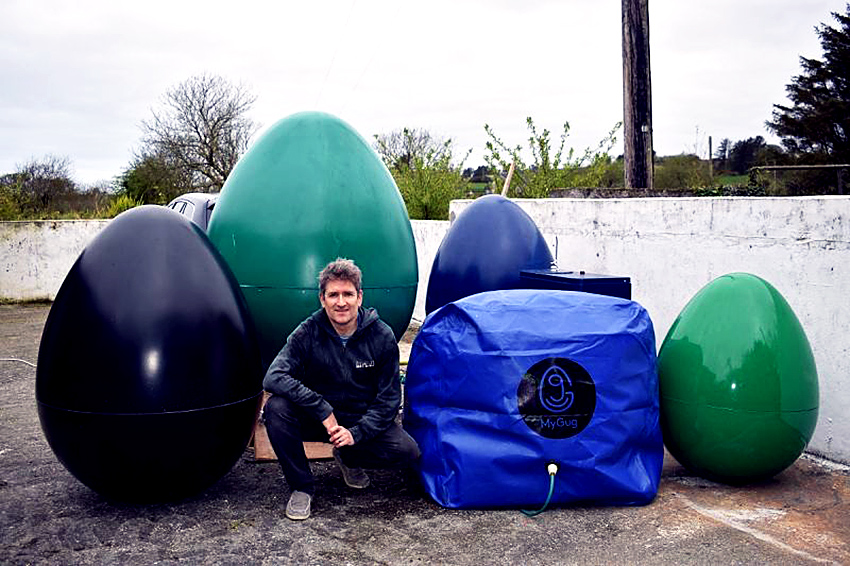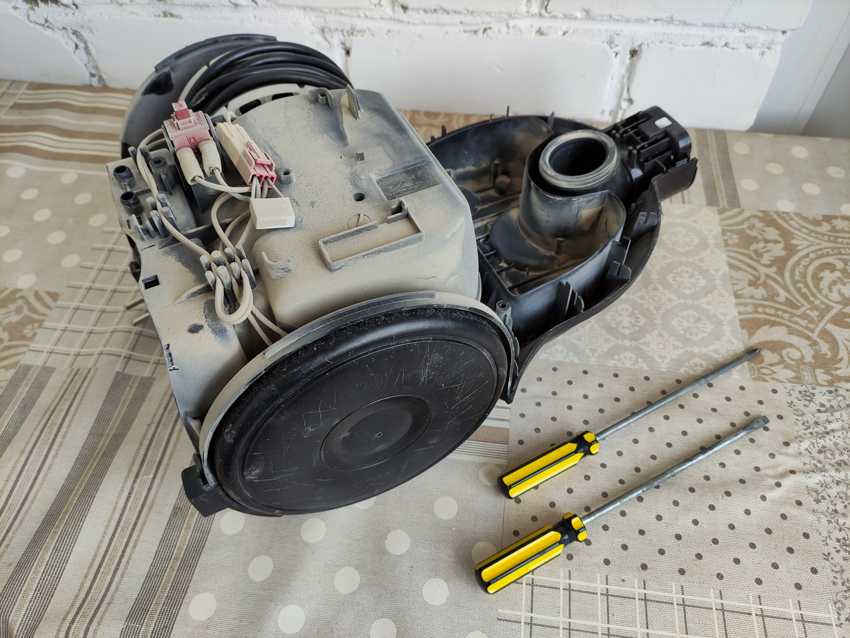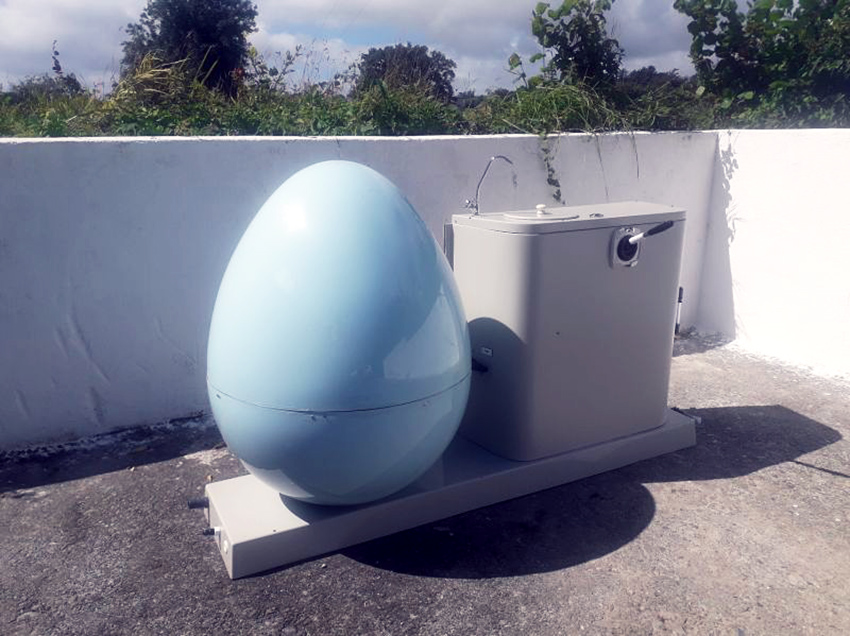
Food waste seemed an unbeatable problem. Until a trip to a landfill changed everything.
Imagine you’re in an old landfill in County Cork, facing a mountain of rubbish.
Depending on which one you’re in, the landfill could be so polluted it’s been labelled ‘high-risk’.
What thoughts would be going through your mind?
If you’re Kieran Coffey, a mechanical engineer based in Clonakilty, you’d be thinking ‘there’s got to be a better way.’
The climate solution idea born in a landfill
Over a decade ago Kieran found himself in such a situation, thanks to a job with Cork County Council that involved studying old landfills.
‘There were 66 in County Cork alone. Most of them were closed, and the pollution coming from some of them was fairly shocking,’ Kieran remembers. ‘In one landfill there was a stream going right through. You’ve got pristine water before and then all these heavy metals and nasties in it after.’
That experience set something in motion for Kieran.
For a long time, he’d been concerned about climate change. But now, he felt a new urgency to figure out exactly what he could do about it.
‘I’ve always been interested in technology, always from a perspective of trying to improve the environment. At that point I was thinking I’ve got the abilities to design something that can provide a better way.’

Better than a brown bin
The ‘better way’ Kieran came up with was to design and build a solution to Ireland’s massive food waste problem.
From his work in landfills, Kieran was well aware of the devastating consequences of food waste.
As food waste rots in a landfill it emits methane, a type of greenhouse gas that greatly contributes to climate change.
So far, Ireland’s strongest solution has been the nationwide brown bin scheme. Even though it’s a step in the right direction, it comes with significant environmental drawbacks.
The trucks that transport Ireland’s brown bin waste as well as the plants where it’s processed run on fossil fuels. And then there’s the large amount of food that ends up in landfills anyway, because people often don’t use their bins correctly.
Kieran saw the opportunity for a solution that would put people in control of their food waste, while also giving them some immediate payoffs.
To develop such a solution, Kieran would have to draw upon his 25+ years as a mechanical engineer.

From taking apart old hoovers to fighting food waste
Looking back, Kieran seems destined to have become a mechanical engineer, even when it wasn’t obvious to him.
‘I was always taking things apart,’ Kieran says. ‘My mum would buy lots of things in junk shops. There might be five hoovers in our garage. She’d bring them in and I’d take them apart, just to see how they worked.’
Despite his tendency to tinker, mechanical engineering wasn’t top of mind for Kieran when it came time for university.
But a career assessment pointed him in the direction of the Dublin Institute of Technology where a hands-on course in mechanical engineering suited him down to the ground.
A few years later, Kieran earned a master’s in environmental studies from Manchester University.
He spent the next decade working in the designing of water and wastewater treatment systems throughout Asia and Ireland, until finally taking the job with Cork County Council so he could work closer to home.
That’s what got Kieran to the landfills.
Where the idea for a food waste solution started to take shape.
His boyhood pastime has served him well
You could say that even now, decades into his career as a mechanical engineer, Kieran hasn’t strayed far from the teenager who spent hours taking apart old hoovers in his mother’s garage.
That’s because he couldn’t have built his food waste solution without his knowledge of how ‘things come apart’ in various industries, as there hasn’t always been a ready-made part available for its design.
‘I’ve used things to make things, because there wasn’t anything off the shelf. And even where there was something off the shelf, I’ve taken it from the marine industry or a completely separate industry and adapted it to make it work.’
It’s an endeavour that could only be accomplished by someone who has both over 25 years’ experience as a mechanical engineer and a drive to do their part for the environment.

Now businesses can benefit from food waste
In 2018, with the help of funding from the Sustainable Energy Authority Of Ireland, Kieran brought to life Ireland’s very first micro-scale anaerobic biodigester.
It’s a treatment system that converts nearly 100% of a business’s food waste into clean biogas for cooking and liquid fertiliser for gardening.
There are now MyGug biodigesters installed in businesses throughout Ireland, the UK and mainland Europe.
But it’s an experience Kieran had close to home that highlighted the impact the biodigester is having on Ireland’s food waste.
Over a pancake breakfast in a local cafe, Kieran’s family looked around at the other diners, knowing something they didn’t. The food they were enjoying had been cooked on biogas. A biogas that had been extracted from the cafe’s food waste, thanks to MyGug.
So you could say Kieran’s done a pretty good job of accomplishing what he set out to do – finding a ‘better way’ that keeps food waste from ever ending up in a landfill.
Find out how you can start making gas from your business’s food waste. Click here to get in touch with Kieran.
Take charge of food waste. Be a sustainability leader.
Talk to us about turning your site’s food waste into clean energy and liquid fertiliser.
For Food Businesses
For Schools & Colleges
For all other enquiries
Are there any examples of community use.
Hi Myles. There will be some examples of this soon. Stay tunes on our social media channels for updates. Many thanks
Fiona
Kieran. Congratulations and the Very Best of Luck on you onward Career. A super invention and Thanks for your input on helping to Save the Climate in our World .